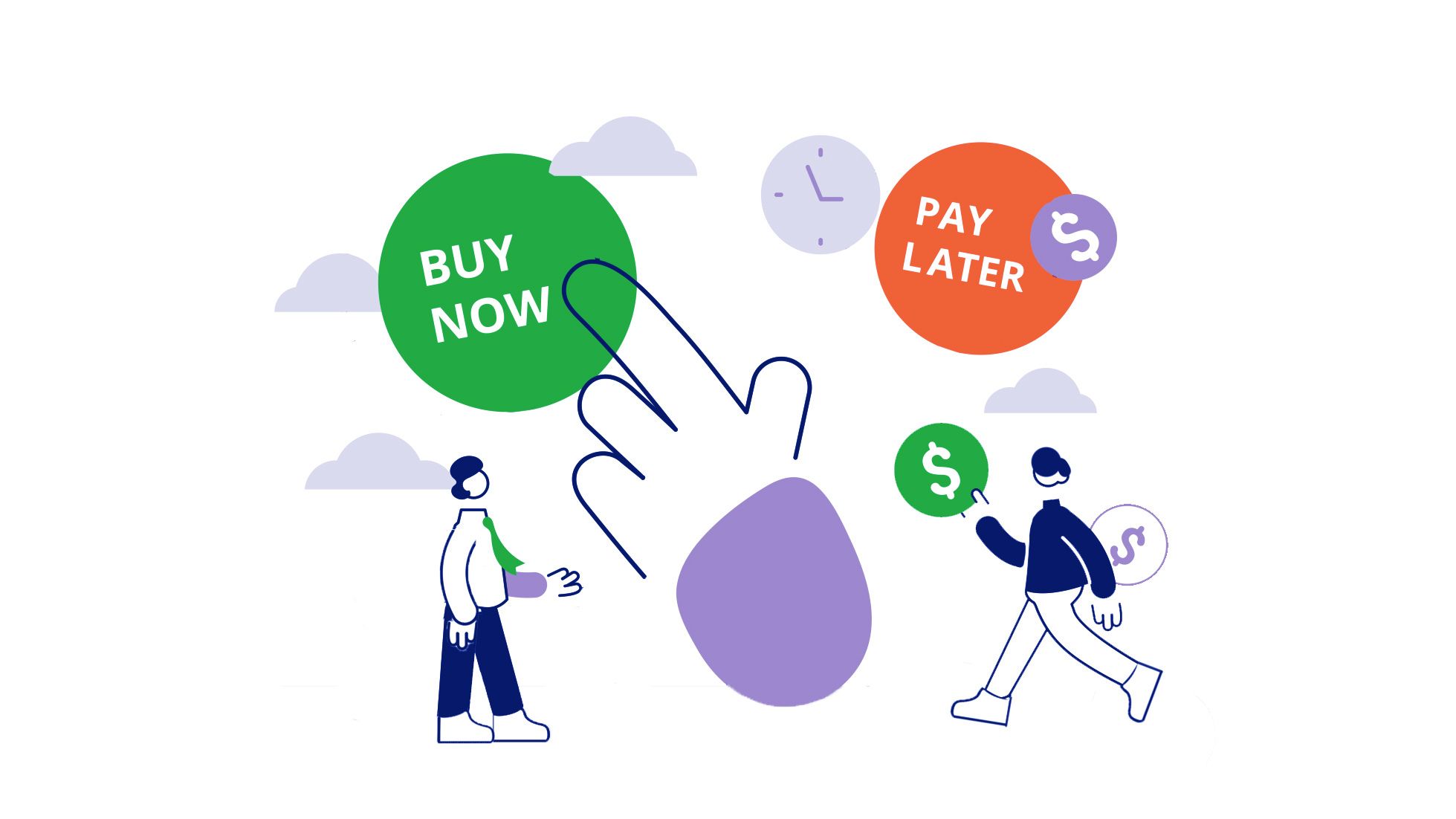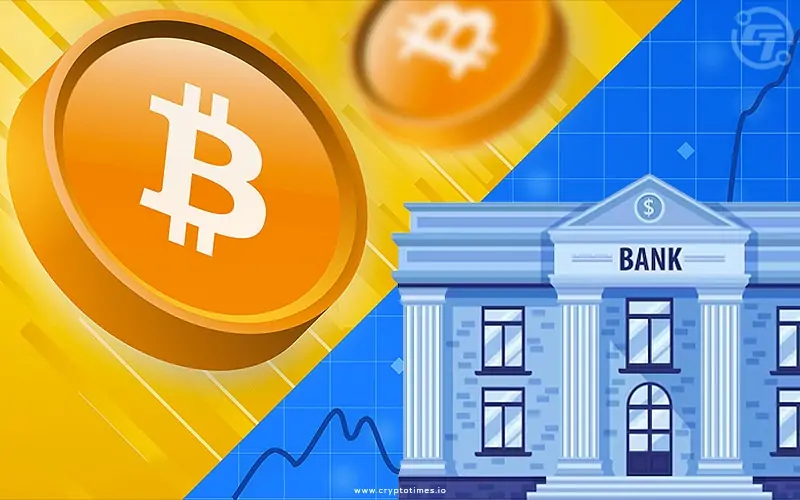In today’s digital age, financial technology (fintech) apps have revolutionized how people manage their money. Whether you want to track expenses, invest, or automate savings, fintech apps provide powerful tools to simplify financial management. In this blog, we will explore how you can use fintech apps to take control of your finances effectively.
1. Budgeting and Expense Tracking
One of the most popular uses of fintech apps is for budgeting and expense tracking. Apps like Mint, YNAB (You Need A Budget), and PocketGuard help users categorize expenses, set spending limits, and receive real-time alerts.
How to use them:
- Link your bank accounts to get an overview of your finances.
- Categorize transactions to understand spending habits.
- Set budgets for different expenses like groceries, entertainment, and dining out.
- Receive notifications for unusual spending patterns.
2. Automated Savings
Saving money consistently can be a challenge, but fintech apps automate this process. Apps like Acorns, Digit, and Qapital round up spare change or automatically transfer small amounts to your savings account.
How to use them:
- Set savings goals (e.g., emergency fund, travel, or a new gadget).
- Enable automatic transfers based on your spending habits.
- Use round-up features to save small amounts effortlessly.
3. Investing Made Easy
Fintech has made investing more accessible, even for beginners. Apps like Robinhood, Wealthfront, and Betterment allow users to invest in stocks, ETFs, and cryptocurrencies with minimal effort.
How to use them:
- Choose between self-managed investing or robo-advisors.
- Start with fractional shares if you have a small budget.
- Diversify your portfolio to minimize risks.
- Use automated rebalancing for long-term gains.
4. Bill Payments and Financial Automation
Managing bills manually can be time-consuming, but fintech apps can automate payments and help avoid late fees. Apps like Prism, Doxo, and Google Pay ensure that bills are paid on time.
How to use them:
- Link utility bills, credit cards, and subscriptions.
- Schedule automatic payments to avoid penalties.
- Receive reminders for upcoming due dates.
5. Credit Monitoring and Improvement
Maintaining a good credit score is essential for financial stability. Apps like Credit Karma, Experian, and myFICO help users track their credit scores and provide personalized tips to improve them.
How to use them:
- Check your credit score regularly for free.
- Get alerts about new credit inquiries and potential fraud.
- Follow recommendations to improve your credit standing.
6. Secure and Contactless Payments
With the rise of digital payments, fintech apps like Apple Pay, Google Pay, and Venmo offer secure and convenient transactions.
How to use them:
- Link your debit/credit cards for easy payments.
- Use QR codes or NFC technology for contactless payments.
- Split bills with friends effortlessly using peer-to-peer transfers.
Final Thoughts
Fintech apps have transformed financial management, making it easier than ever to track spending, save, invest, and automate payments. By leveraging the right apps, you can take control of your finances and work towards your financial goals with confidence. Whether you’re looking to improve budgeting, increase savings, or optimize investments, fintech offers a variety of solutions tailored to your needs.
Start exploring fintech apps today and take a step towards smarter money management!



